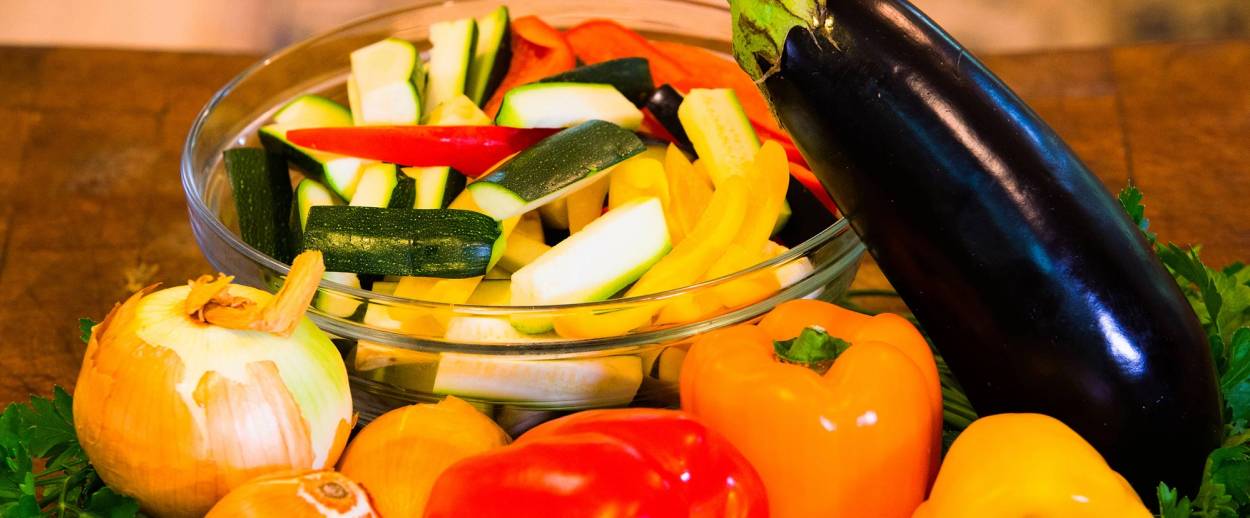A Taste of Tuscan Summer
Roasted vegetables keep alive the Jewish history of Pitigliano, an Italian town once called ‘little Jerusalem’




When the Medicis imposed a ghetto on the Jews of Florence, Siena, and Rome in 1577, many Jews fled to Pitigliano, a hill town in southern Tuscany that was not under Medici rule. Jews flourished in this “little Jerusalem”; at one point, of the 4,000 people in Pitigliano, 30% were Jewish. In 1598, they built a beautiful synagogue. But the Medicis eventually took control of Pitigliano a few decades later, and Jewish life grew more restricted.
On a recent trip to Italy—where I was leading a New York Times Journey trip featuring Jewish food and heritage—I visited Pitigliano. The synagogue is now fully renovated—although the original ark was brought to Israel after WWII, when the building was in a state of disrepair and neglect. Beneath the synagogue is the old mikveh, a slaughterhouse, and a matzo bakery with great photos of what the town looked like when Edda Servi Machlin, author of The Classic Cuisine of the Italian Jews, lived there before WWII and described the life and the recipes so lovingly.
We ate lunch at Hostaria del Ceccottino, where the menu includes food eaten by the now very tiny Jewish community. One of those recipes was made by roasting zucchini, pepper, onion, and eggplant, which has become a regular dish at my home this summer with vegetables picked from the garden.
Joan Nathan is Tablet Magazine’s food columnist and the author of 10 cookbooks including King Solomon’s Table: a Culinary Exploration of Jewish Cooking from Around the World.